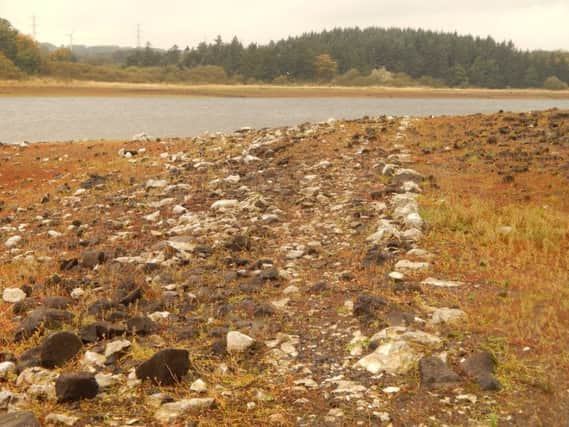Legend meets with history at lough that was once home to two villages


There is an old adage that there is no smoke without fire, another that a story loses nothing in the telling.
At Loughmourne, in the hills north of Carrick and west of Ballycarry, legend meets history.
Advertisement
Hide AdAdvertisement
Hide AdAccording to legend there had once been a village there before there was a lough.


The story went that one day a pedlar came into the village, trying to sell matches for a living, but that he was met with no buyers and was in fact turned away.
The pedlar took this badly and is said to have placed a curse on Loughmourne, saying that it would be a lake before the next morning.
The locals met this with laughter but after the pedlar had gone on his way they noticed the ground getting damp beneath them, and then eventually water started to spring from the earth.
Advertisement
Hide AdAdvertisement
Hide AdEels began to appear inside the houses and the waters rose until the village disappeared.


The true story is almost as good.
And it shows that the legend had some basis.
In the last years of the 19th century, when the Belfast Water Commissioners were draining the lough in preparation for engineering work, the remains of five crannogs (ancient island dwellings) emerged as the waters went down.
Further drought in the early 1900s afforded another view of the crannogs, four of them linked by a causeway to the shore and the other a distance beyond.


Excavations were carried out and much material of interest was recovered, including items of jewellery, household ware, and animal bones. An old hollowed out canoe also emerged from the mud.
Advertisement
Hide AdAdvertisement
Hide AdArchaeologically valuable and fascinating as the Loughmourne finds were, they also highlighted the folk legend as having some basis to it.
There never was a pedlar or a curse (at least, we assume not), but there had been houses in the lake. These were houses built by ancient hands using stilts hammered into the lake bed and with foundations of stones, trees and vegetation then placed inside the area concerned to give stability. The houses was then erected on top of this foundation.
At some point the remains of the crannogs had been seen when the waters went down, and someone then developed the story of this being the remains of a village, adding their thoughts on what had happened the little settlement.


The story lost nothing in the telling. It is not hard to imagine this happening.
Advertisement
Hide AdAdvertisement
Hide AdSome time ago myself and a friend walked around Loughmourne and saw what looked like possible crannogs along the shore.
We also ventured further east, along an old path that took us to a site on an old map where the village of Loughmourne was shown.
Unlike the crannog settlement, this was a later clachan and it is very likely that it became depopulated in or after the 1770s, when a large group of Covenanting Presbyterians who were from Loughmourne were among 1200 emigrants led to America by their minister, Rev. William Martin.
So interestingly enough, Loughmourne had two settlements which were quite historic and distinctive.
The presence of both, and the story of the eels and rising waters, add a bit of historical flavour to what is otherwise a quiet landscape.